Why Doctors Must Invest in Financial Planning?
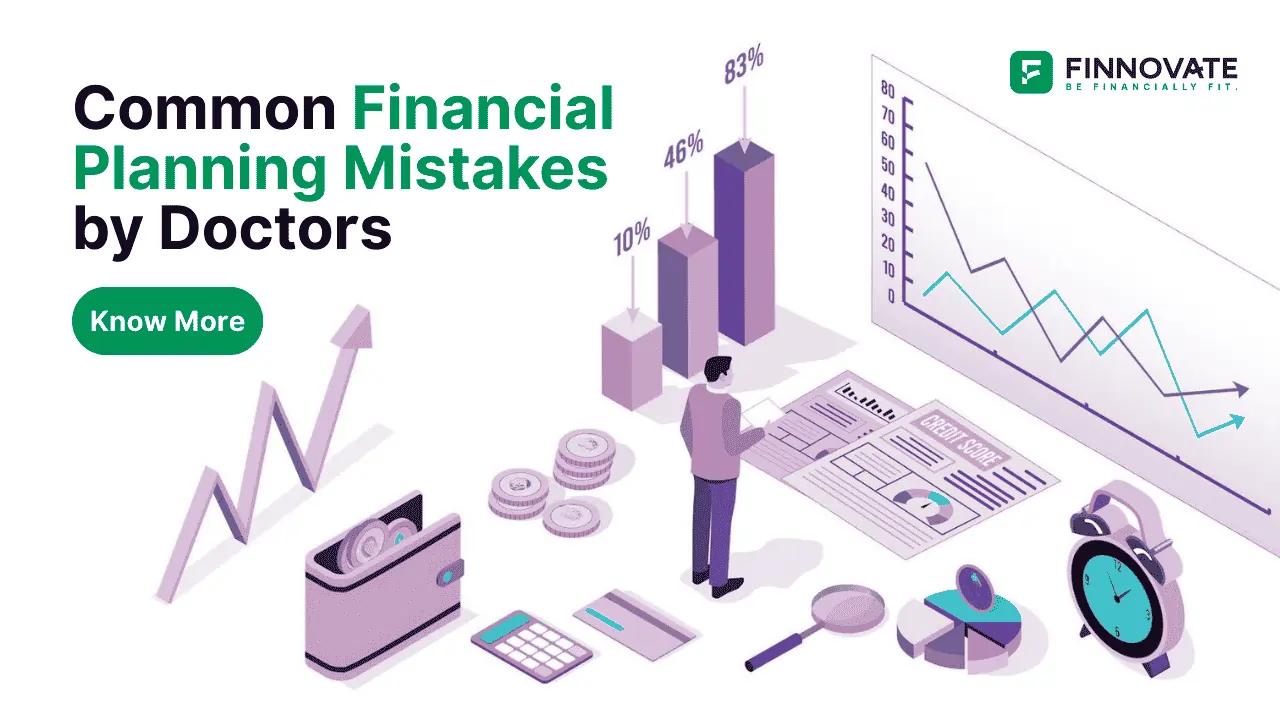
By

Doctors save lives. But who’s looking after their financial health?
Despite earning well, many doctors in India often feel financially unstructured - living with high stress, rising liabilities, and no clear plan for the future. The irony? While they guide others toward long-term wellness, their own wealth rarely follows a healthy roadmap.
In this blog, we explore why financial planning is essential for doctors and the most common mistakes that can quietly cost them crores over a lifetime.
As a doctor, your income potential is high - but your time is limited.
You likely started earning later than your peers, invested heavily in education, and now face high clinic costs, family expenses, and lifestyle inflation. Amidst all this, investing gets reduced to LICs, FDs, or scattered SIPs - often without any clarity.
Here’s the catch:
Earning ₹2–5 lakh/month means nothing if your money isn’t structured.
Just like patients need a treatment plan, your money needs a financial plan.
If your clinic’s receipts are below ₹50 lakh, Section 44ADA allows you to file taxes without books - 50% of receipts are considered income.
But it’s not always the smart choice.
| Scenario | Gross Receipts | Actual Expenses | Net Income | Taxed Income (PTS) |
|---|---|---|---|---|
| A: No Depreciation | ₹45 lakh | ₹15 lakh | ₹30 lakh | ₹22.5 lakh |
| B: High Depreciation | ₹45 lakh | ₹15 lakh + ₹20 lakh | ₹10 lakh | ₹22.5 lakh |
In Scenario B, opting for PTS leads to extra tax on ₹12.5 lakh of income you never really earned.
Doctors investing in medical equipment (ultrasound, laser machines) must carefully evaluate whether PTS or regular filing with depreciation and audit is more beneficial.
You invest ₹10 lakh in a new machine expecting recovery over 5 years.
It looks like this:
Yearly recovery: ₹4L, ₹4L, ₹6L, ₹6L, ₹6L → IRR ≈ 38.7%
But the real return drops after factoring:
Actual IRR could fall to 14–16% - still decent, but not magical. Evaluate carefully before locking capital into equipment.
You understand medical risks. But what about financial ones?
Here’s your minimum coverage checklist:
| Cover Type | Suggested Minimum |
|---|---|
| Health Insurance | ₹25–30 lakh (family floater) |
| Term Life Insurance | ₹5 crore (if your family needs ₹2L/month) |
| Professional Indemnity | ₹1 crore+ (specialist-dependent) |
A single legal claim or health emergency can wipe out decades of savings. Don’t cut corners on protection.
Most doctors don’t track goals, and investments happen reactively.
With a structured financial plan:
Think of it like a patient prescription. It’s not just medicine - it’s dosage, schedule, and long-term impact.
Doctors today are exploring crypto, F&O, options, or unregulated investments. Peer pressure and high income can push you into risky trades.
But these are not assets. They’re contracts.
One wrong move, and:
Instead, focus on long-term strategies:
| Goal | Ideal Option |
|---|---|
| Wealth Creation | Equity mutual funds via SIPs |
| Capital Preservation | Debt funds, short-duration FDs |
| Diversification | REITs, gold, international funds |
Expecting 20–25% returns consistently is unrealistic. Even top-performing funds deliver 12–13% CAGR over time.
You diagnose, you operate, you heal.
But your money? That needs a specialist too.
At Finnovate, we help doctors build financial fitness:
Curious to know where you stand?
Take the FinnFit Quiz
Get your Financial Fitness Score and a free personalized report.
Most doctors don’t have a bad portfolio.
They just don’t have a plan.
Start today. Structure your wealth like you structure a diagnosis - systematically, with expert help, and regular follow-ups.
Let our financial planners create a blueprint for your goals, income, taxes, and peace of mind.
Book a Free 1:1 ConsultationDisclaimer: This blog is intended for informational purposes only and should not be considered as financial, investment, or tax advice. Please consult a registered financial advisor or tax professional before making any financial decisions.
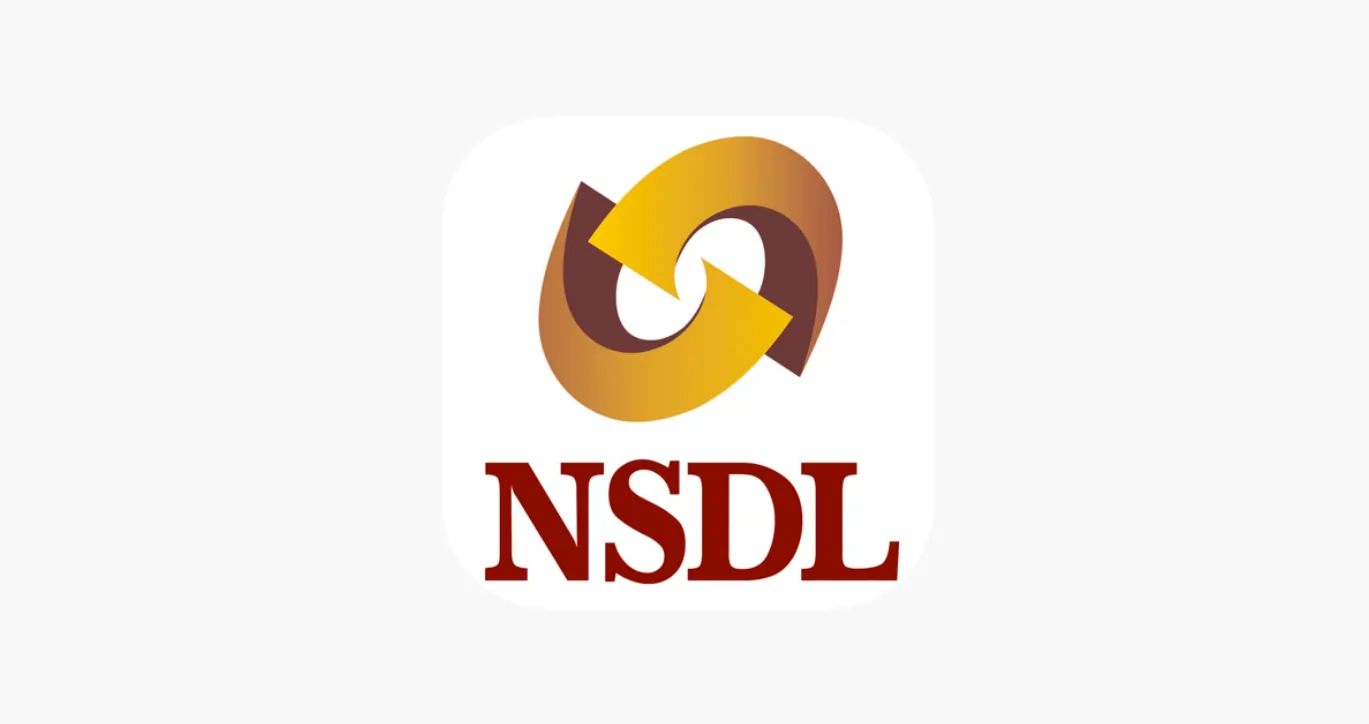
Learn how to easily download your NSDL CAS Statement in PDF format with our step-by-step guide. Follow our instructions to log in to NSDL e-Services, download your account statement, and subscribe for
Read Full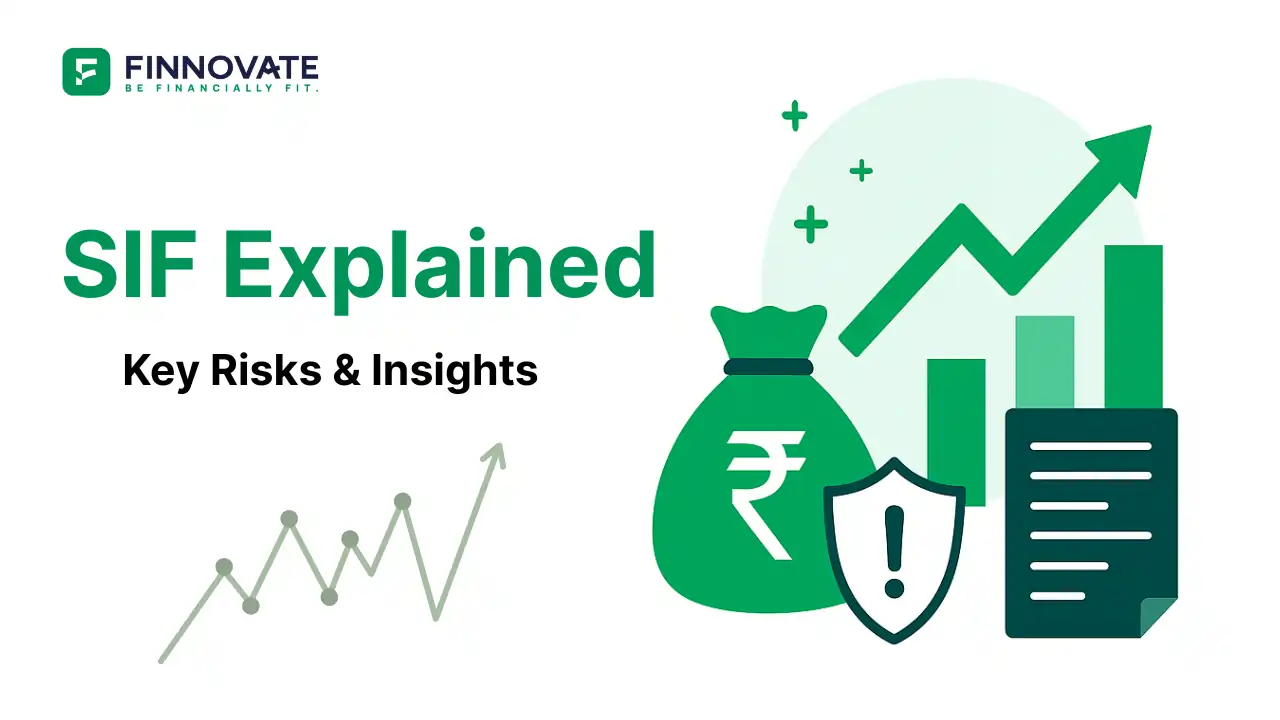
Explore what Specialised Investment Funds (SIFs) are, their benefits, taxation, minimum investment, how to invest, how they compare with mutual funds and PMS and latest developments in SIF space
Read Full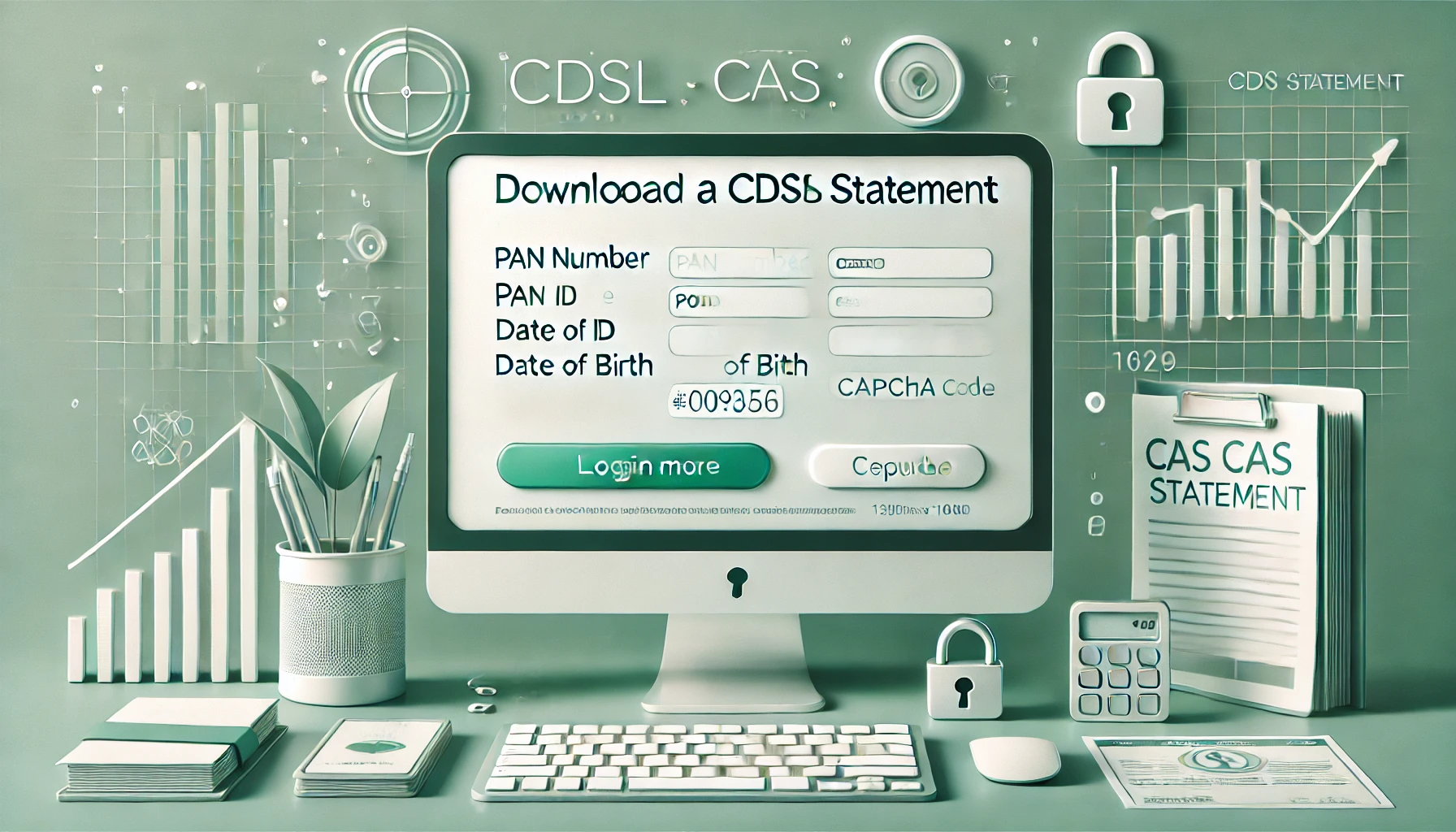
Learn How to Download Your CDSL CAS Statement with our step-by-step guide. Easy instructions for accessing your investment details online.
Read Full
Analyzing the potential economic impact of the 2025 India-Pakistan conflict on India's GDP growth, manufacturing sector, and foreign investment.
Read Full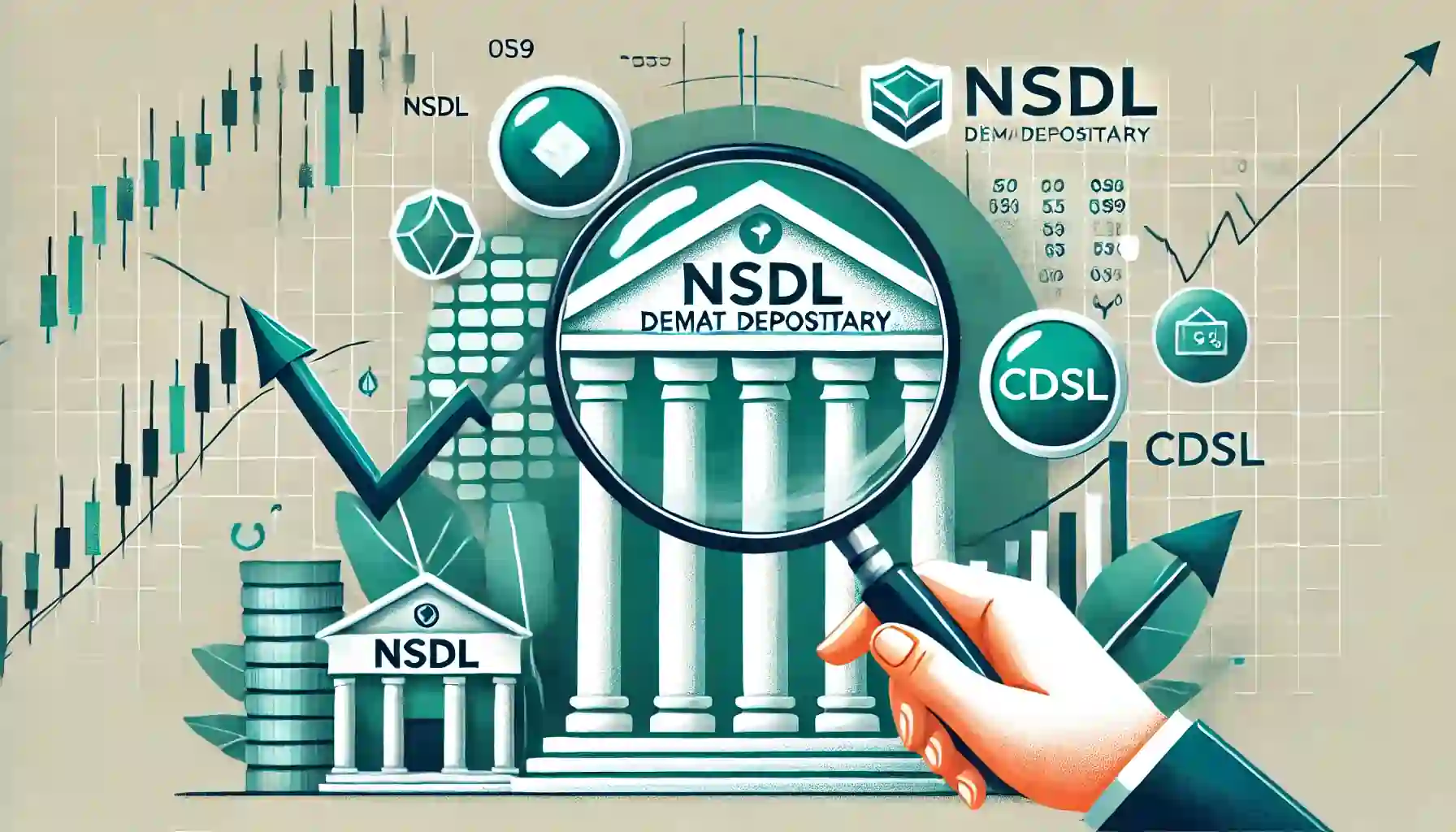
Determine if your Demat Depositary (DP) is NSDL or CDSL easily. Follow our guide to check using broking platforms or Demat account number formats
Read Full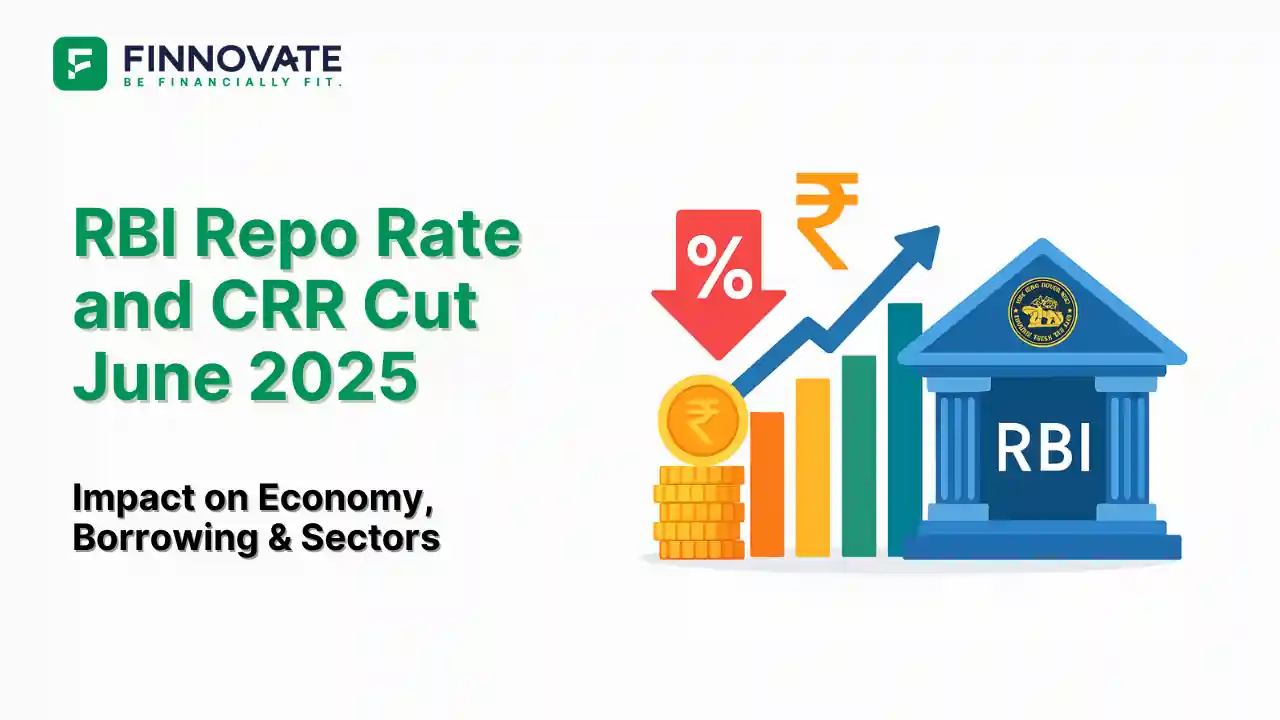
RBI cuts repo rate by 50 bps and CRR by 100 bps in June 2025 to boost growth. Learn how it impacts inflation, borrowing, sectors, and market trends.
Read Full
Looking for the best financial freedom books? Here’s a handpicked 2025 reading list with summaries, why to read, and who it's best for.
Read Full
Discover key facts about Ola Electric IPO launching in 2024. Simple guide covering business, financials and investment potential.
Read Full